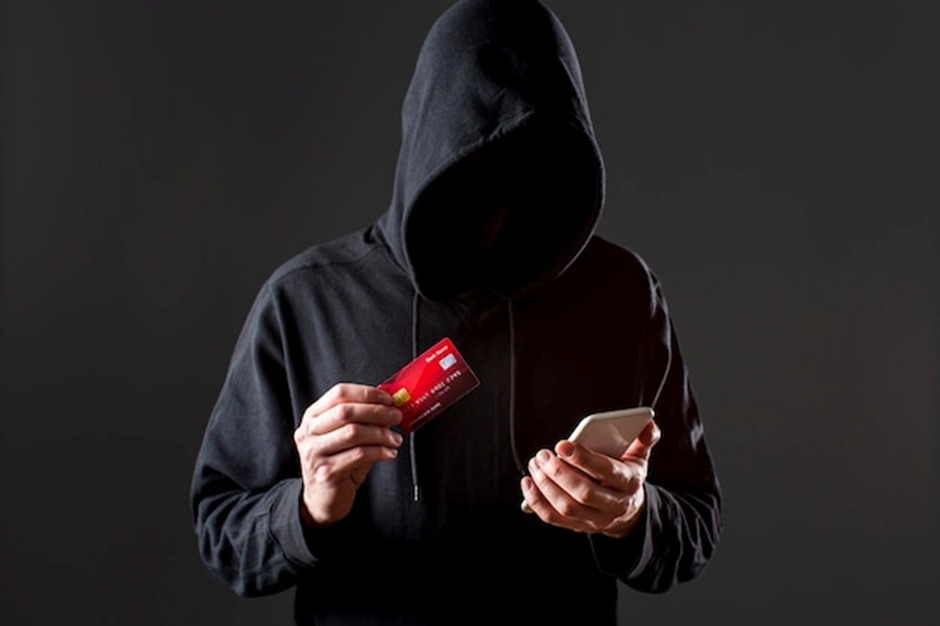In the age of viral videos and TikTok millionaires, the cryptocurrency boom didn’t just create overnight wealth—it built a new class of online manipulators. These weren't your average finance bros or suit-wearing hedge fund types. They were relatable, camera-friendly “influencers” with one key asset: trust. And that trust was weaponized to scam millions.
Crypto shilling has become one of the most lucrative dark arts of the digital era. With zero accountability and massive financial incentives, creators with large social media followings have promoted shady tokens, questionable exchanges, and full-blown Ponzi schemes—many times knowingly.
Let’s get this straight: not every influencer is a scammer. But too many have traded ethics for quick gains, and the damage is undeniable.
From Sponsored Posts to Rugpulls
A typical setup looks like this: a crypto project slides into an influencer’s DMs offering anywhere from $5,000 to $100,000 or more for a few posts, tweets, or YouTube mentions. In exchange, the influencer hypes the coin as “the next 100x opportunity,” “the next Shiba,” or “the project that will change DeFi forever.” No disclosures. No vetting. No responsibility when the token tanks.
One of the most infamous examples? The SaveTheKids token scandal, where multiple high-profile influencers, including FaZe Clan members, promoted a charity-based token that turned out to be a classic pump-and-dump. Once the influencers cashed out, the value plummeted, leaving investors—many of them young and naive—with empty wallets.
The Pump-and-Dump Playbook
Crypto shills often collaborate in private Telegram and Discord groups where timing is everything. Here's how it usually works:
- A token is artificially pumped through influencer posts.
- Followers rush in, driving the price up.
- The insiders dump their holdings at the top.
- Price crashes. Community is ghosted. Influencer moves on.
This isn't just unethical—it's often illegal. But the crypto space’s lack of regulation means many influencers operate in a legal gray area, if not total impunity. And because their content is “just entertainment,” they sidestep liability.
The Hidden Power of Micro-Influencers
While big names make headlines, micro-influencers—those with 10K to 100K followers—have arguably done even more damage. Why? Their audiences feel closer, more personal. If a relatable “everyday trader” recommends a coin, people listen. That level of blind trust becomes dangerous when the person behind the camera is cashing out while encouraging their audience to buy in.
And it’s not just YouTube or Twitter. TikTok has become a hotbed for scammy crypto content, with creators dancing to trending sounds while pushing random coins with no utility, whitepaper, or team.
What They Don’t Want You to Know
Many influencers were given free tokens in advance or early access to pre-sales. Some even got cuts from transaction fees—meaning they literally profited from every buy or sell.
In some cases, influencers themselves created fake tokens under anonymous developer names, pumped them with their main accounts, and vanished after cashing out. Projects like “Squid Game Coin” and “Yummy” showed how fast scams can go viral when influencers are behind them.
The damage is in the billions. And while regulators like the SEC are slowly starting to catch up (see Kim Kardashian’s fine over EthereumMax), most cases go unpunished.
Red Flags for Viewers
If you’re wondering how to spot influencer-led crypto scams, here’s a quick list:
- No team transparency on the project.
- “Limited time” or “exclusive” buy windows.
- No audits, whitepapers, or working products.
- Unrealistic promises (“guaranteed 100x” or “can’t lose”).
- Lack of long-term project vision.
- Comments disabled or heavily moderated.
- Influencer refuses to answer hard questions.
The Aftermath: Broken Trust, Empty Wallets
Behind every rugpull is a trail of broken dreams—people who maxed out credit cards, borrowed money, or sold possessions because they trusted someone they followed daily. And when things go south, those influencers? Silent. Deleted tweets. Blocked users. New token next week.
It’s digital whiplash—and it’s ruining lives.
Conclusion: Time for Accountability
Crypto doesn’t need fewer influencers—it needs more accountable ones. Creators with massive reach must treat their platforms as serious responsibilities, not just cash cows. The SEC, FTC, and even platforms like YouTube and TikTok must step in and enforce real guidelines for paid crypto promotions.
Until then, the burden falls on the audience: do your own research, question everything, and don’t confuse followers with expertise.
Because in crypto, when influencers lie—it’s you who pays the price.

